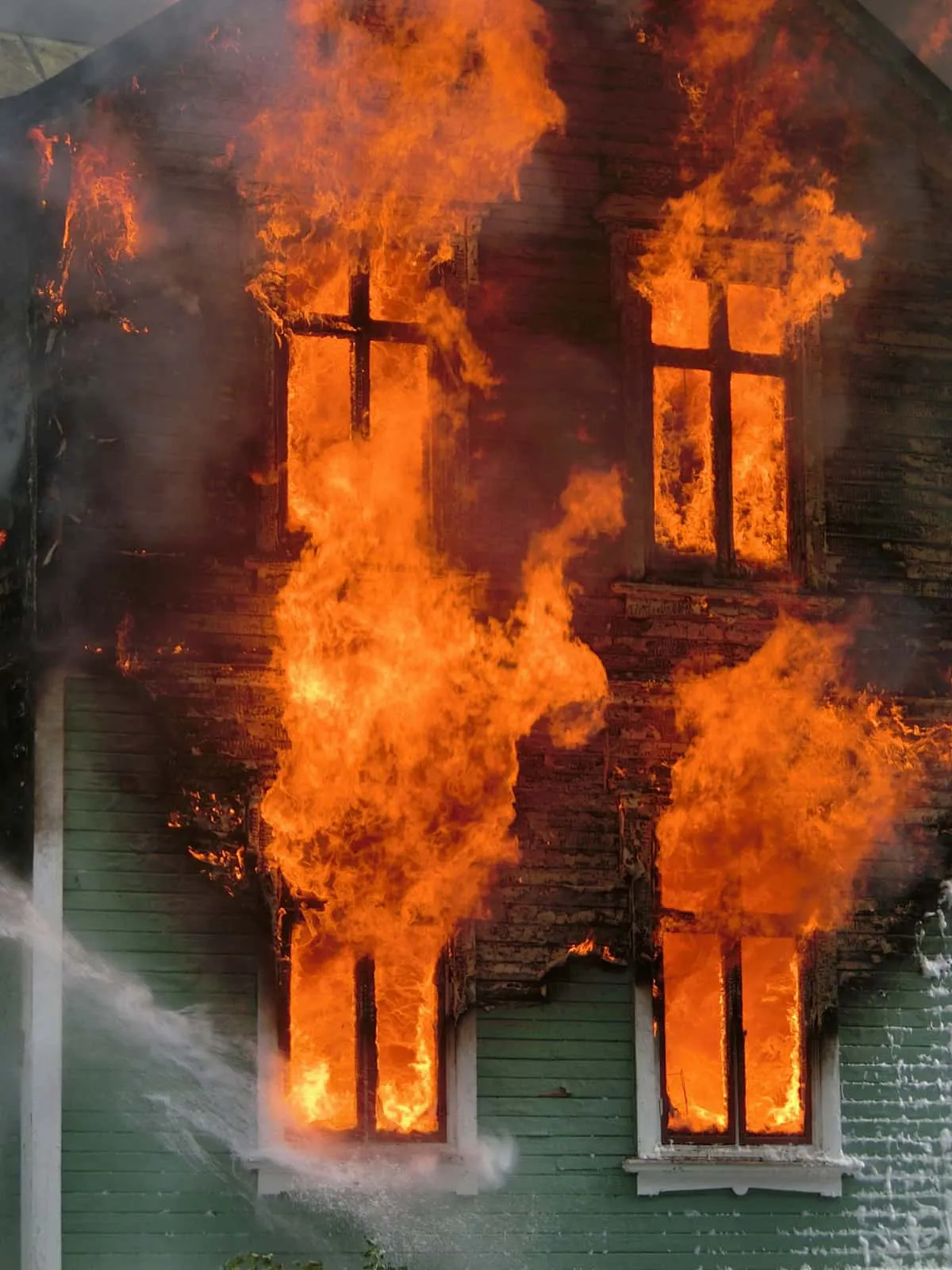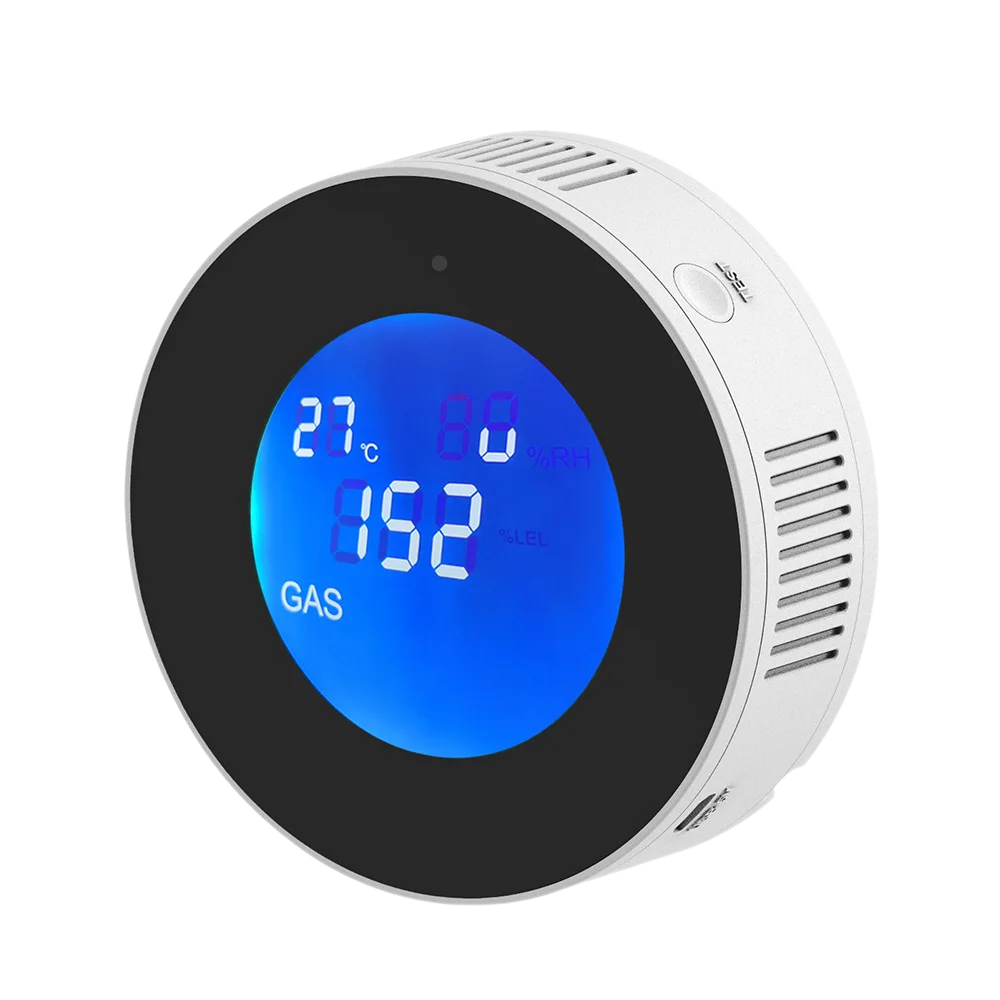
Fire and Gas Safety for Smart Homes
Every home deserves protection that works, even when you're not watching
This guide walks you through practical steps to detect gas leaks and fire threats before they become disasters. Whether you're a first-time homeowner or just want extra peace of mind, smart safety solutions can help you take control.
Why Fire and Gas Safety for Smart Homes Matters
Fires and gas leaks don’t just happen in big newsworthy events—they often begin quietly.
These aren’t rare freak events. They’re everyday risks in homes.
And if you’re asleep, on vacation, or just in another room, the right safety devices can mean the difference between a close call and real tragedy.
Know the Most Common Household Risks
Understanding where and how fire and gas issues begin is half the battle. Here are the key hotspots to pay attention to:
Kitchen
- Combustible gas leaks (e.g., natural gas from stove or oven)
- Cooking fires from unattended frying or boiling
- Burnt toast or oil triggering smoke but not real fire
Basement or Utility Room
- Gas water heaters or boilers leaking carbon monoxide
- Furnaces that vent improperly
- Older appliances without updated sensors
Bedrooms and Hallways
- Fires from space heaters or electrical outlets
- Silent CO buildup that spreads overnight
Garage
- Running vehicles releasing CO
- Gas-powered tools or heaters causing dangerous fumes
Smart Devices to Help You Stay Safe
Here are some smart home safety devices that other homeowners are using to protect their families:
Where to Place Fire & Gas Detectors in Your Home

Placing devices in the right spot is just as important as having them. Here’s a practical guide:
Location
Recommended Device
Hallways near bedrooms
Basement or furnace room
Garage (if attached)
Avoid placing sensors near vents or windows where airflow can interfere. For gas detectors, install lower to the ground. For smoke detectors, place on the ceiling or high walls.
5 Small Actions That Make a Big Safety Difference
Test alarms monthly
It takes 30 seconds.
Change batteries twice a year
Use daylight saving time as a reminder.
Keep devices dust-free
Clean sensors gently with a cloth every few months.
Label each alarm
Know which one covers what area.
Have fire extinguishers
In the kitchen, basement, and garage. Even small fires need fast action.
Why Smart Safety Makes Life Easier
Traditional alarms are good. But smart ones? Better.
Remote alerts
Get a phone notification if smoke or gas is detected while you're away
Mute false alarms from your phone
(no more waving a towel at your smoke detector!)
Check battery levels and test status remotely
A smart home doesn’t just mean comfort. It means you’re the first to know when something’s wrong.
How to Prevent Gas Leaks at Home — Practical Tips
You don’t need to buy ten new devices tomorrow. Start with what matters most:
STEP 01
Walk through your home and identify key risk areas.
STEP 02
Place at least one CO detector near bedrooms.
STEP 03
Add a gas leak detector in the kitchen if you use gas.
STEP 04
Consider upgrading to smart alarms if you travel or live alone.
STEP 05
Set calendar reminders for testing and maintenance
Smart Home Insights & Guides
Learn how to protect your home, save energy, and make smarter decisions with our latest guides:

House Smells Like Gasoline: Is It Dangerous?
Gasoline smells indoors can be dangerous. Learn the possible causes..

What Kind of Natural Gas Alarm Do You Need?
Explore expert comparisons of fixed, smart, and portable detectors to protect your home and loved ones..
©2025 All Rights Reserved. Grus IoT Co.,Ltd.


